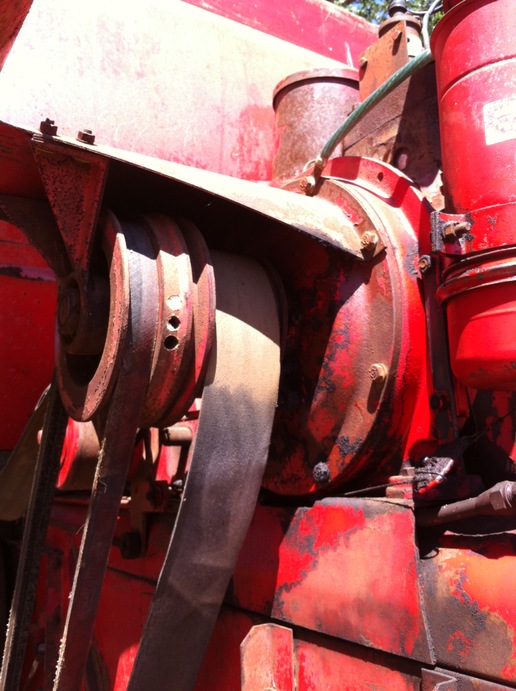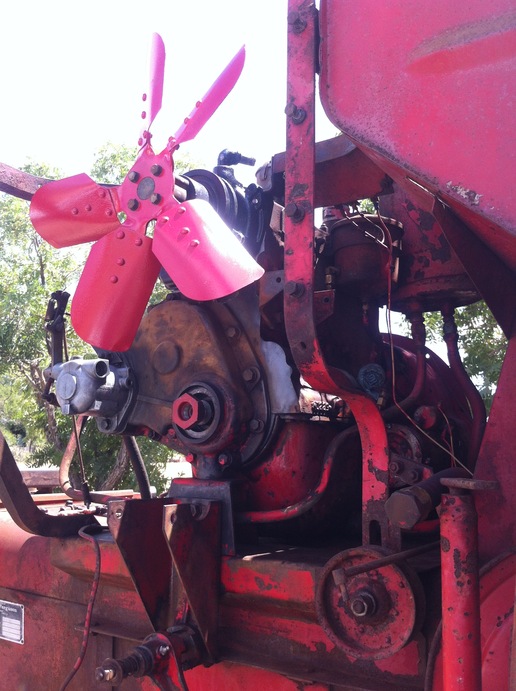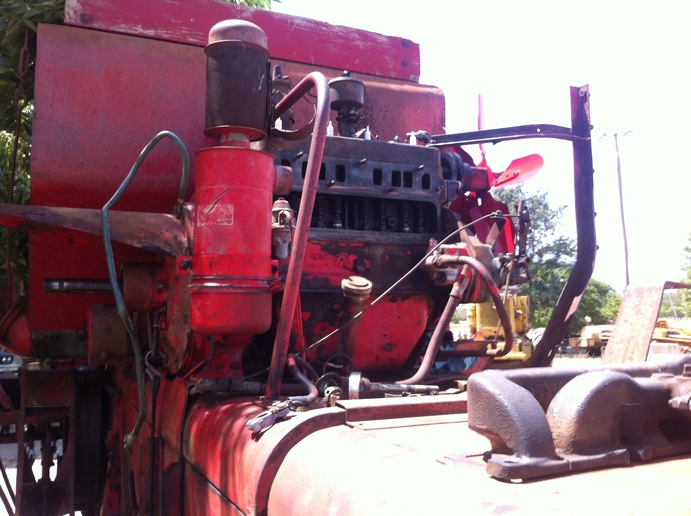CapayMiller
Member
Hi all,
My venerable Massey Harris 35 needs an engine rebuild. With prices well north of $4500 (without shipping), and no time or shop to do it myself, I'm looking for options. I know Continental F140's were used in every industrial application possible in their time, and I can get a good engine from a Clark C50 forklift for under $1000. However, several engine rebuilders have told me that the F140's used in forklifts, etc., aren't compatible with the one in my combine. Something about a different timing gear and no oil filler (??).
Can anyone confirm or deny, and offer suggestions how to get my little combine back in operation??
Thanks!
My venerable Massey Harris 35 needs an engine rebuild. With prices well north of $4500 (without shipping), and no time or shop to do it myself, I'm looking for options. I know Continental F140's were used in every industrial application possible in their time, and I can get a good engine from a Clark C50 forklift for under $1000. However, several engine rebuilders have told me that the F140's used in forklifts, etc., aren't compatible with the one in my combine. Something about a different timing gear and no oil filler (??).
Can anyone confirm or deny, and offer suggestions how to get my little combine back in operation??
Thanks!




